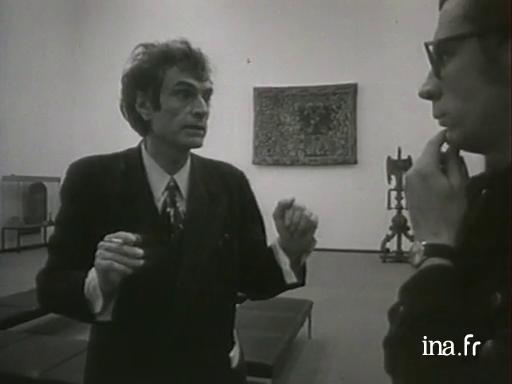Marcel Broodthaers

Information
On the occasion of the retrospective that is dedicated to him at Galerie Nationale du Jeu de Paume, portrait of the Belgian surrealist poet, Marcel Broodthaers, whose works we'll discover through films that he shot himself, for the most part, in the 1970s.
Context
Poet, photographer, filmmaker and Plasticien from Brussels, Marcel Broodthaers (1924-1976) remains a relatively unknown artist to the greater public.
After having abandoned chemistry studies and worked in several jobs, this literature lover, an admirer of Mallarme and Magritte, published his first poetry collection at the end of the 1950s. In 1964 he opened his first exhibition of books by ironically warning his visitors on the invitation card, "The idea of inventing something insincere finally crossed my mind."
At 40 years old, Broodthaers casually began his new career as an Plasticien, abandoning poetry which left him in need of, according to him, a feigned art. His first target? His own writings, in which he drowned in a plaster of unsold volumes (Le Pense-bête, 1963). Influenced by Surrealism, he made work with unusual materials (bookshelves, bricks, mussells...) assembled without respect for meaning or value, simply with the idea of overturning the usual categories which gave rationality to things and beings with humour.
An agitator, he said of himself in 1968 "a conserver of the Museum of Modern Art, Eagle Department", a fictitious museum which derided the values of authority and power associated to the animal and used by the powerful. Exploring the maze between the word, the image and thought, he continuously deconstructed texts from his favourite authors (Mallarme, Baudelaire, Lautréamont...) to re-position them in an off-beat space.




